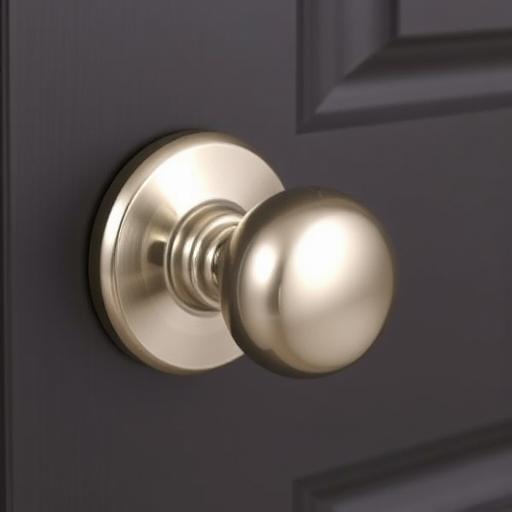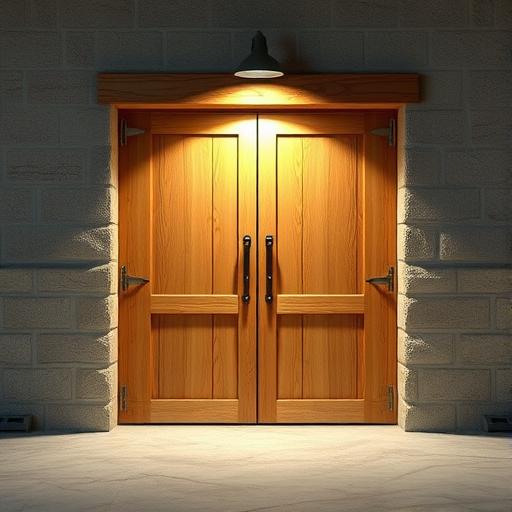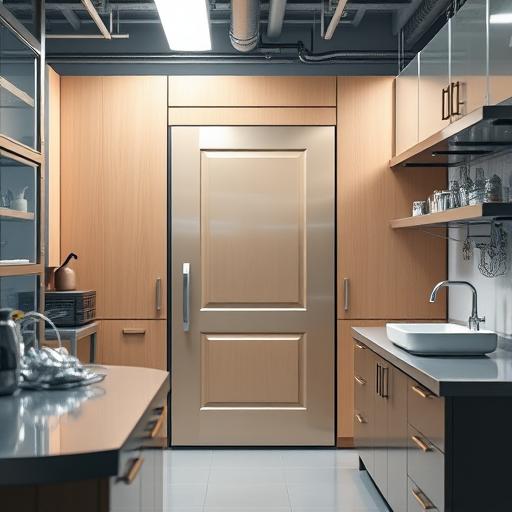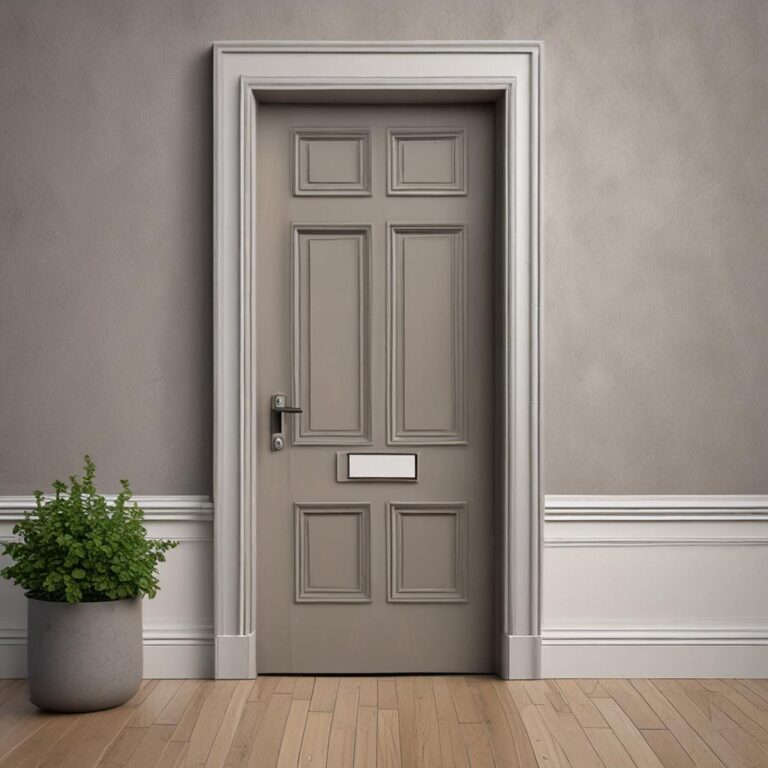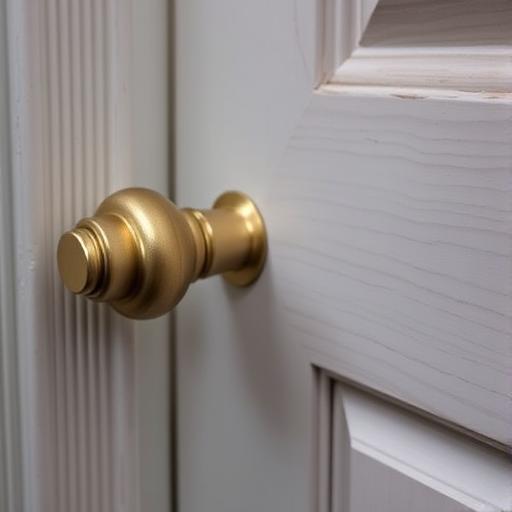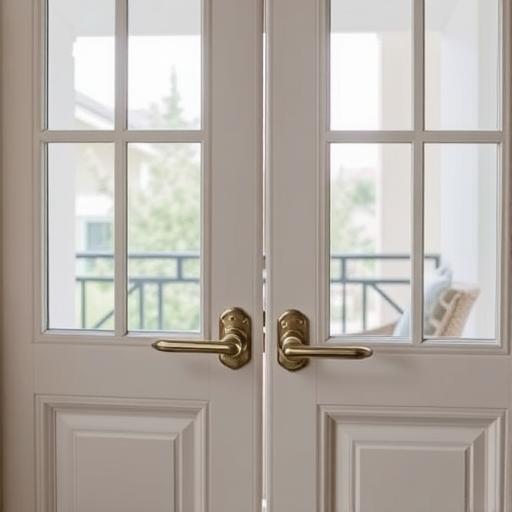What Is a Dummy Door Knob
Tired of mismatched door hardware disrupting the flow of your home’s decor? You’re not alone. Many homeowners face the challenge of finding consistent hardware solutions, especially for doors that don’t require full functionality. That’s where dummy door knobs come in. These specialized knobs offer a purely decorative or door-pulling solution. This blog post will provide a comprehensive overview of dummy door knobs, exploring their purpose, applications, types, and installation.
What Is a Dummy Door Knob? (Defining the Terms)
The Basic Definition of a Dummy Knob
A dummy door knob, unlike a standard door knob, is non-functional. It doesn’t turn, twist, or operate any latching mechanism. Instead, it’s typically a knob or lever attached to a surface plate that is mounted directly to the door. It solely serves as a decorative element or a handle for pulling the door open or closed.
Common Names and Synonyms
While “dummy door knob” is the most common term, you might encounter other names for this type of hardware. These include:
-
- Fake door knob
- Inactive knob
- Surface mount door knob
What a Dummy Knob is NOT
It’s important to distinguish a dummy knob from other types of door hardware. Specifically, it’s not a passage (hall/closet) knob or a privacy (bedroom/bathroom) knob. Passage knobs are functional but don’t lock; privacy knobs offer a locking mechanism for privacy. A dummy knob contains no internal working parts or locking mechanisms of any kind. It is only for show or as a pull.
Why Use a Dummy Door Knob? (Common Applications)
Decorative Purposes & Aesthetic Appeal
Dummy knobs significantly enhance a room’s decor, ensuring a cohesive and visually appealing aesthetic. Using them on inactive doors allows you to match all your door hardware, even where a fully functional knob isn’t needed. Imagine matching hardware on decorative closet doors, pantry doors, or double doors leading into a formal dining room for a unified look.
Closet and Pantry Doors
Many closet and pantry doors don’t require a latch to stay closed. In these cases, a dummy knob is an ideal solution, providing a convenient handle for pulling the door open. They’re perfect for doors held shut by magnets or roller catches. This eliminates the need for more complex (and expensive) latching hardware.
Interior Double Doors (French Doors)
Dummy knobs are frequently used on one side of interior double doors, also known as French doors. Typically, one door remains inactive, secured by surface bolts at the top and bottom. A dummy knob provides a handle for pulling the inactive door open when full access is required. This allows both doors to match in style while serving different functions.
Other Decorative Doors
The applications for dummy door knobs extend beyond standard doors. They can also provide a handle for decorative display cabinets. Their adaptable design makes them a valuable addition to any space.
Types of Dummy Door Knobs & Styles
By Design: Knobs vs. Levers
Dummy door knobs are available in knob and lever styles. The visual difference is apparent: a knob is a rounded handle, while a lever is an elongated, hand-operated handle. While choosing a knob or lever is mostly based on aesthetic preference, consider lever handles if ADA compliance is a concern; they are easier for some people to operate.
By Mounting Style: Surface Mount vs. Through-Bolting
The most common and easiest installation method is surface mounting. These knobs are typically adhered to the door’s surface with screws. For a more secure and durable installation, consider through-bolting. This method involves bolts that pass through the door, providing a sturdier attachment point.
By Material and Finish
Dummy door knobs are available in various materials, including brass, bronze, stainless steel, glass, and ceramic. Popular finishes include polished brass, brushed nickel, oil-rubbed bronze, and matte black. To achieve a cohesive look, choose finishes that complement existing hardware in your home.
Installing a Dummy Door Knob
Tools Needed
Installing a dummy door knob is a relatively simple process, requiring only a few basic tools:
- Screwdriver (Phillips or flathead, depending on the screws)
- Drill (may be required for pilot holes, depending on door material & mounting type)
- Level
- Measuring tape
- Pencil
Step-by-Step Installation Guide
Follow these steps for a successful installation:
- Step 1: Mark the Door: Use a measuring tape and pencil to mark the desired location for the knob on the door. Accurate measurement is crucial for a uniform look.
- Step 2: Drill Pilot Holes (if required): If your door material is hard or the knob requires through-bolting, drill pilot holes at the marked locations. Use a drill bit slightly smaller than the screw size.
- Step 3: Attach the Knob: Align the knob with the marked holes and screw it into the door. Make sure it sits flush against the door surface.
- Step 4: Test and Adjust: Ensure the knob is securely attached and doesn’t wiggle. Adjust the screws as necessary to achieve a snug fit.
Tips for a Successful Installation
To ensure a professional-looking installation, keep these tips in mind. Accurate measurements are critical for consistent placement. Be careful not to overtighten the screws. And, of course, choose a finish that matches your existing hardware for visual appeal.
Benefits of Using Dummy Door Knobs
Cost-Effectiveness
Dummy door knobs are significantly cheaper than fully functioning door hardware. If you have doors that don’t require latching or locking, these are a budget-friendly option.
Ease of Installation
The simple installation process makes dummy door knobs a DIY-friendly project. Most homeowners can easily install them with basic tools and skills.
Aesthetic Value
As previously mentioned, the seamless integration into your interior design and ability to match other hardware contributes to a cohesive and polished look.

Potential Drawbacks
Limited Functionality
It’s crucial to remember that dummy door knobs only function as handles or decorative additions. They don’t offer any latching or locking capabilities.
Not Suitable for All Doors
Due to their lack of functionality, dummy door knobs are inappropriate for doors that require latching or privacy. Use them only on doors where these features are unnecessary.
Taking Care of Your Dummy Door Knobs
Cleaning and Maintenance
Maintain the appearance of your dummy door knobs with regular cleaning. Use appropriate cleaning methods based on the material; for example, use a specialized cleaner for brass or mild soap and water for stainless steel. Avoid harsh chemicals, which can damage the finish.
Preventing Damage
To prevent scratches, avoid using abrasive cleaners or materials. Periodically check the screws to ensure they haven’t loosened. Tighten them as needed to maintain a secure attachment.
Conclusion
Dummy door knobs are a cost-effective and aesthetically pleasing solution for doors that don’t require full functionality. They provide a simple handle and contribute to a consistent design throughout your home. By understanding their purpose, applications, and installation process, you can confidently incorporate them into your next home improvement project. Next time you’re upgrading your interior design, consider dummy door knobs to add some cohesion and utility to your space.
Frequently Asked Questions (FAQ)
Q1: Are dummy door knobs easy to install?
Yes, dummy door knobs are very easy to install, especially compared to functioning knobs that require more intricate installation. The simple mounting process makes them a great DIY project.
Q2: Can I use a dummy door knob on an exterior door?
Generally, no. Using a dummy door knob as the only hardware on an exterior door poses significant security risks. However, a dummy knob is sometimes added for visual symmetry to doors with a deadbolt above a handle/lever that retracts a latch.

Q3: Where can I buy dummy door knobs?
You can purchase dummy door knobs at most hardware stores, home improvement stores, and online retailers. Many specialty hardware stores will also sell them in a range of styles.
Q4: How do I choose the right size dummy door knob?
Match the size and style to your existing door knobs for a consistent look throughout your home. Consider the overall door and room design when making your selection.

Q5: Can a dummy door knob be converted into a functional one?
Generally, no. Dummy door knobs lack the internal components necessary for latching or locking. A full replacement with a functional door knob is needed if you want to convert it.

